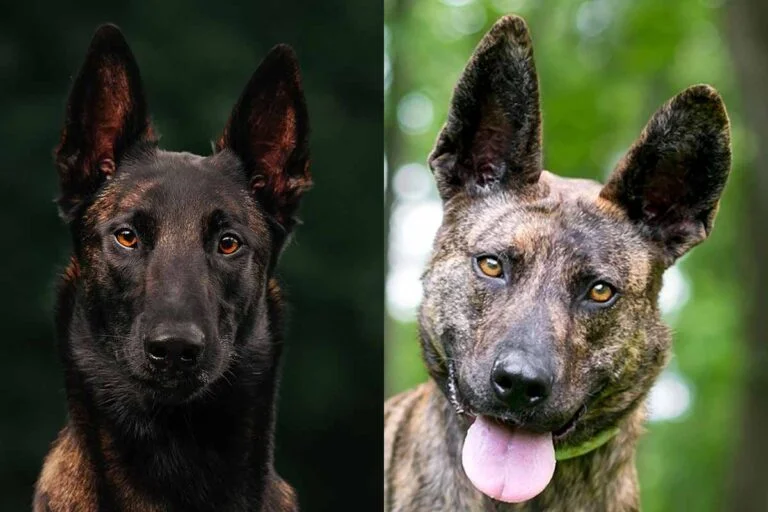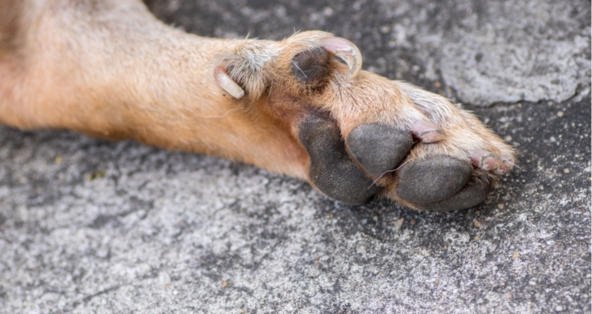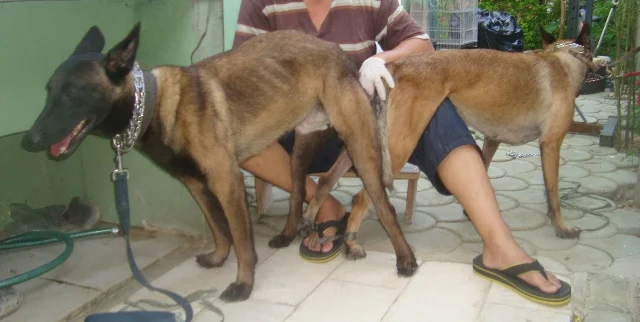What Are the Pros and Cons of a Belgian Malinois?
Due to its use in search and rescue missions, law enforcement, and the military, the Belgian Malinois dog has attracted a lot of attention. In addition to their contributions to their careers, they are becoming more and more well-liked as house pets. The Belgian Malinois has its own special set of benefits and difficulties, just like any other breed. What are the benefits and drawbacks of owning a Belgian Malinois? Together, let’s explore all of this fascinating breed has to offer.
The Benefits of Having a Malinois from Belgium
- Cognition and Adaptability
In the world of dogs, the Belgian Malinois is considered to be the pinnacle of intelligence. Their ability to comprehend complex directions, tricks, and chores with remarkable efficiency is a result of their hardwired minds. Their speed of learning is both exciting and helpful for owners who want to impart a variety of abilities to them.
Furthermore, they are more intelligent than just basic directions like sit, stay, or fetch. The Malinois is capable of understanding and carrying out intricate task sequences. Because of this specific quality, they are the go-to option for advanced dog training courses and dog sports competitions. Whether they’re competing in agility courses or obedience contests, their keen intelligence and attentiveness keep them one step ahead of the pack. - The Protective Instinct and Loyalty
The Belgian Malinois is the breed that, if ever there was one that truly represents loyalty. You can feel the strong attachment they have with their owners. They grow to be more than just pets; they become a vital member of the family, ever watchful and protective. The Malinois is the ideal choice for individuals seeking a dependable friend that also functions as a steadfast protector.
However, their defensive attitude isn’t based on irrational hostility. This instinctive defense mechanism can be disciplined to act as a shield against possible threats without causing needless harm. With the correct direction, their disciplined disposition guarantees that they maintain their protective and amiable demeanor. - Vivacious and Flexible
The Belgian Malinois is a bundle of energy, the epitome of dynamism. Their contagious enthusiasm for life keeps them constantly prepared for intense workouts or lighthearted activities. Whether they’re running in agility drills or chasing a ball in the park, their athletic build and limitless energy set them apart.
Besides, they are famed for their agility course skills. With incredible elegance and speed, they dart through tunnels, leap over hurdles, and dance through poles. The Malinois is an exceptional companion for individuals who have an active lifestyle, keeping up with their pace every step of the way. - Adaptability
The Belgian Malinois is the most versatile dog there is. They play more important duties than just being pets. They have been successfully incorporated into therapeutic settings as therapy dogs, providing consolation and comfort to individuals in need, because of their intelligence and eagerness to work. In addition, their keen senses—particularly their sense of smell—make them indispensable in search and rescue operations. The Malinois repeatedly demonstrates its mettle when it comes to helping in areas affected by natural disasters or locating a missing person in difficult terrain.
The Drawbacks of Having a Malinois of Belgium
- High Energy Levels Demand Dedication
There’s no denying a Belgian Malinois’s limitless energy. Although many people find their lively energy endearing, especially those who lead an active lifestyle, it may also be a demanding burden. Satisfying their rapturous energy demands requires the owner to invest a good deal of time, patience, and physical exertion.
If a Malinois is neglected or does not have appropriate outlets for its energy, it can become bored in ways that homeowners may not find appealing. These dogs have a history of letting loose their unreleased energy on furniture, tearing cushions, and tipping over gardens. Put another way, a restless Malinois is an industrious animal that frequently comes up with amusing activities for itself that may not match the owner’s taste in interior design. - Needs for Intense Training
The Belgian Malinois’ natural intelligence is a task as well as a gift. Although this breed picks things up quickly, proper training must begin early and be persistent in order to fully utilize their potential. When there is no formal training program, undesirable behaviors may become ingrained.
They are also not the greatest choice for first-time dog owners due to their strong physical and cognitive attributes. For first-time dog owners, the Belgian Malinois’s need for direction, discipline, and understanding may be too much to handle. Their upbringing requires a significant time and training commitment. - Possibility of Being Aggressive
The Malinois has built-in defense mechanisms in its DNA. But if this protective nature isn’t properly controlled through early socialization and training, it could turn aggressive. If left unchecked, their acute senses may cause them to become extremely territorial or suspicious of outsiders, which may lead to unwelcome interactions or actions. - Grooming and Shedding
Their coats shine with health and beauty, but it takes work to keep them that way. Belgian Malinois shed all year round; they are not seasonal shedders. There are periods of the year when this shedding is more intense, thus frequent brushing sessions are required. They don’t require as much upkeep as certain long-haired breeds, but they still require regular brushing to keep their coat healthy, glossy, and mat-free.
FAQs regarding Malinois of Belgium
- Q1: How often ought my Belgian Malinois to be exercised?
A: Being a high-energy breed, Belgian Malinois need rigorous daily exercise. They should ideally play, train, or exercise for at least an hour or an hour and a half each day. This might take the shape of long strolls, sprints, playdates, or agility training. - Q2: Is the Belgian Malinois a good breed for households with kids?
A: Although Belgian Malinois make wonderful family pets, their ideal home is one with older kids who know how to behave around dogs. Because they are herding animals, they may bite the heels of small toddlers. It’s crucial to watch over interactions and make sure the kids and dog are aware of limits. - Q3: How frequently ought my Belgian Malinois to be groomed?
A: The short coat of the Belgian Malinois is reasonably easy to maintain. They do, however, shed. Brushing them twice or thrice a week can help control shedding and maintain the health of their coat. Brushing may be required every day during periods of peak shedding. - Q4: Are Malinois from Belgium hostile?
A: Although they are naturally defensive, Belgian Malinois do not possess an aggressive nature. Early socialization and proper instruction can guarantee good behavior. However, they may exhibit undesirable aggressive characteristics if they are not properly socialized or trained. - Q5: Are apartments suitable for Belgian Malinois?
A: Although a Belgian Malinois can live in an apartment, it’s not the best situation unless the owner can provide the dog plenty of daily exercise and mental stimulation. They can grow agitated and even destructive if they don’t get enough exercise. For this active breed, a home with a yard or regular access to open spaces is ideal.
In summary
In answering the question, “What are the pros and cons of a Belgian Malinois?” it becomes clear that the breed has a lot to offer in terms of intellect, versatility, and devotion. These benefits do, however, come with obligations. For owners of Malinoises, proper training, socialization, and regular exercise are necessities. The Belgian Malinois may make a priceless addition to any family or work group with the correct upbringing and attention, providing unrivaled devotion and affection.








